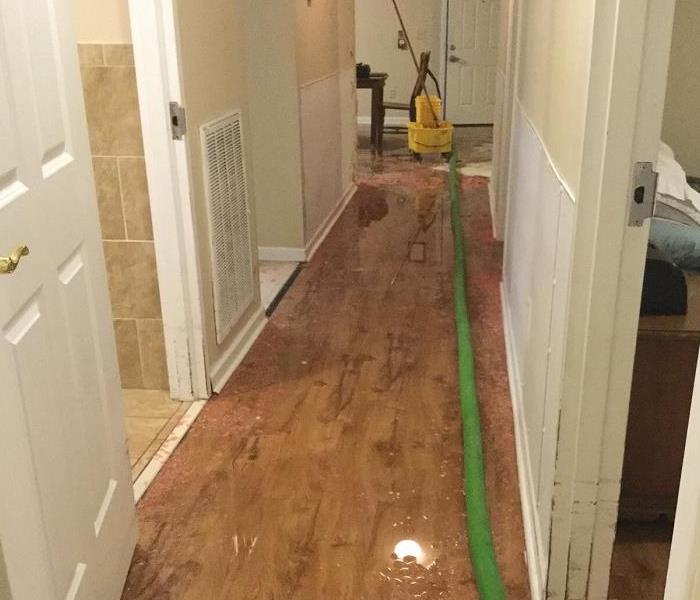Hurricane safety
9/8/2020 (Permalink)
How to Prepare for a Hurricane
Hurricanes are massive storm systems that form over ocean water and often move toward land.
Threats from hurricanes include high winds, heavy rainfall, storm surge, coastal and inland flooding,
rip currents, and tornadoes. The heavy winds of hurricanes can cause damage or destroy homes,
buildings, and roads, as well as cause power, water, and gas outages. These effects can injure or kill
people, disrupt transportation, and pollute drinking water. Hurricanes cause deaths and injuries
primarily from drowning, wind, and wind-borne debris. The impact from hurricanes can extend from
the coast to several hundred miles inland. To find your risk, visit FEMA’s “Know Your Risk Map.”
Be better prepared for this hurricane season, and learn more at ready.gov/prepare.
Now/Prepare
Sign up for local alerts and
warnings. Monitor local news and
weather reports.
Prepare to evacuate by testing your
emergency communication plan(s),
learning evacuation routes, having a
place to stay, and packing a “go bag.”
Stock emergency supplies.
Protect your property by installing
sewer back flow valves, anchoring
fuel tanks, reviewing insurance
policies, and cataloging belongings.
Collect and safeguard critical
financial, medical, educational, and
legal documents and records.
During/Survive
Follow guidance from local
authorities.
If advised to evacuate, grab your
“go bag” and leave immediately.
For protection from high winds,
stay away from windows and seek
shelter on the lowest level in an
interior room.
Move to higher ground if there
is flooding or a flood warning.
Turn Around Don’t Drown.®
Never walk or drive on flooded
roads or through water.
Call 9-1-1 if you are in life threatening
danger.
After/Be Safe
Return to the area only after
authorities say it is safe to do so.
Do not enter damaged buildings
until they are inspected by qualified
professionals.
Never walk or drive on flooded
roads or through floodwaters.
Look out for downed or unstable
trees, poles, and power lines.
Do not remove heavy debris by
yourself. Wear gloves and sturdy,
thick-soled shoes to protect your
hands and feet.
Do not drink tap water unless
authorities say it is safe.






 24/7 Emergency Service
24/7 Emergency Service
